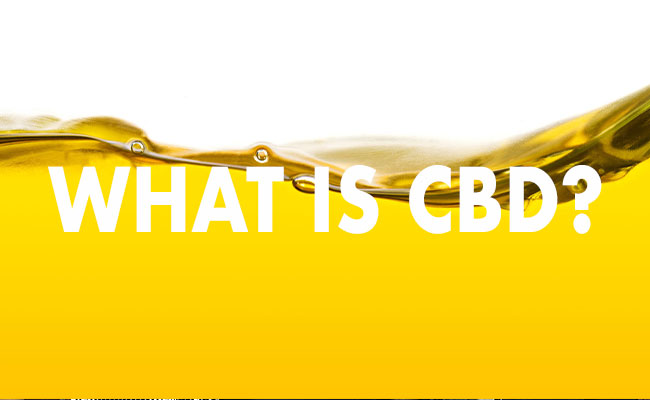
What You Put On Your Body Is As Important As What You Put In It
WRITTEN BY DAVINA KAONOHI
We all know that what we put in our bodies has a major impact on our wellness but what you put on your body also has a great impact on your health. This is something that we are very passionate about and something that many people don’t even consider. But once you learn about it, it will definitely change the way you feel about self-care and the products you use.
Substances that we put in and on our bodies affect our overall health and well-being. Food and supplements taken orally enter our system through our gut; pretty much everyone is aware of this. What most people don't consider is that what we put on our skin easily works its way to our system transdermally (through the skin) and into our bloodstream. Our skin acts more like a sponge than a barrier so make sure the products you use are natural, organic and do not contain harmful ingredients that can have a negative impact on your skin and body.
More than 1,400 personal-product ingredients have been banned in the European Union.
Did you know that more than 1,300 personal-product ingredients have been banned for use in skincare and cosmetics in the European Union because of concerns that they may cause cancer, birth defects, or reproductive illnesses. By contrast only 10 ingredients are banned here in the U.S.
According to the Environmental Working Group (EWG) the average American uses approximately 10-15 personal care products with a total of 126 different ingredients daily. It’s incredible to think about all the items that we put on our skin every day, often without even considering what's in them. The issue isn’t with the amount of products used but it’s the ingredients in those products once they enter our bloodstream that is a concern.
These toxic chemicals add up and wreak havoc on our bodies and our health!
Since we know that some chemicals can (and do) enter your bloodstream through topical application, you are better off to do your best to avoid all known harmful chemicals on the chance they are entering your bloodstream.
The skincare and personal products industry tell you that since some of these toxic ingredients added to products are only used in tiny amounts, they are not harmful. However, most use several products everyday - sometimes with multiple applications per day. If we multiply that over a lifetime, these toxic chemicals add up and wreak havoc on our bodies and our health!
Our government does not regulate the safety of products in the personal care space. The FDA does not investigate or test for the safety of personal care products before consumers buy them. Also, there are so many loopholes in the industry where companies do not have to use the FDA guidelines for labeling products so these toxins can be spelled and labeled many different ways.
It may be a daunting task to constantly read every label and it may not be possible to just clear out all your current products. Here are some of the products to look for that have the biggest exposure. For these products you should look for the cleanest ingredients.
- Anything you soak in (bath bombs, bubble bath)
- Anything you apply and do not wash off: lotion, face & bodycreams, muscle rubs, and oils
- Body powder or body spray
- Shampoo and conditioner
- Any product you put on your child
Some additional things you can do to protect yourself and your family from exposure to harmful ingredients include:
- Avoid any products that contain “the dirty dozen” toxic ingredients: parabens, phthalates, sodium laurel sulfate, propylene glycol, DEA, diazolidinyl urea, butyl acetate, butylated hydroxytoluene, ethyl acetate, toluene, triethanolamine, petrolatum and “fragrance.”
- Read all ingredient labels very carefully.
- Check out the Environmental Working Group (EWG) website: www.ewg.org, which has a comprehensive database called its “Skin Deep Report,” which ranks over 25,000 products on a 0-10 scale of toxicity.
In future posts we will share more information about some of the worst chemical offenders and easy ways to avoid them.











